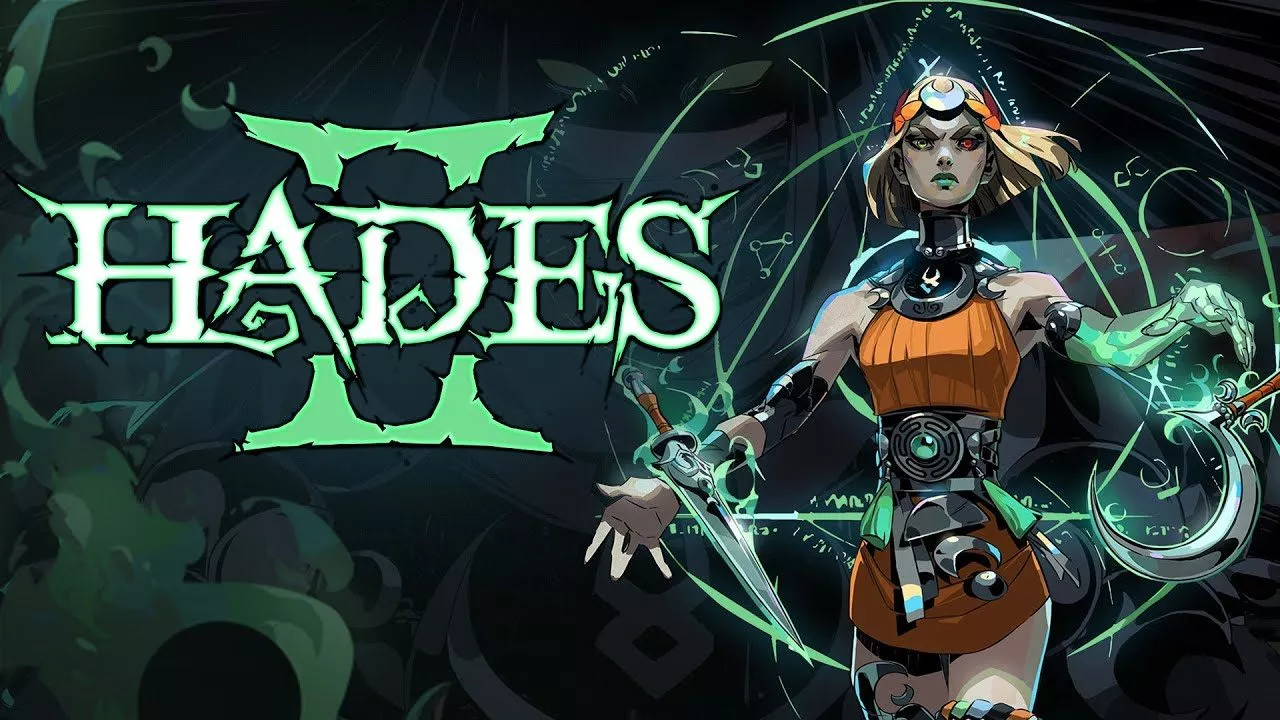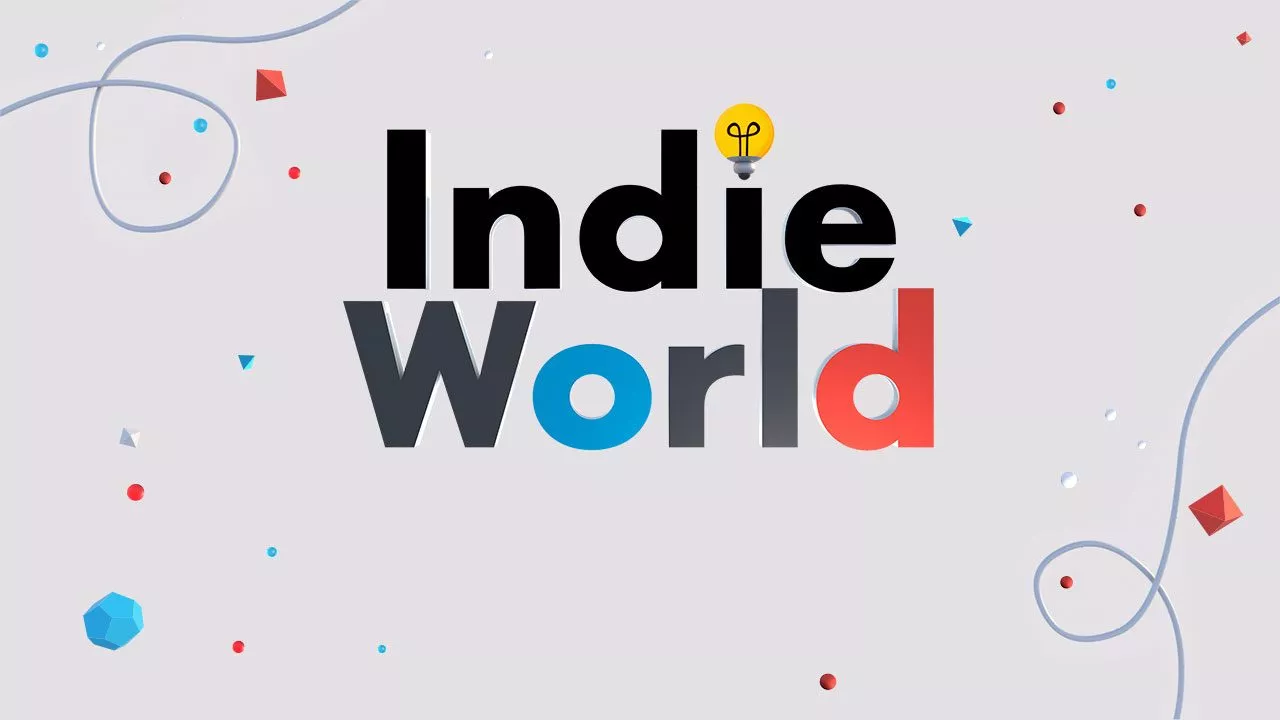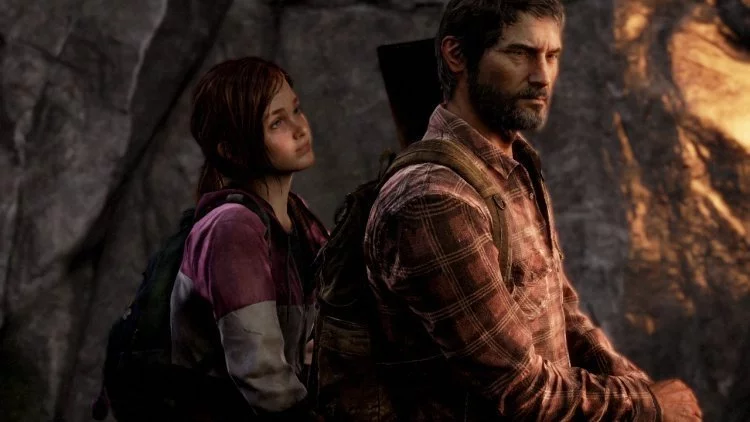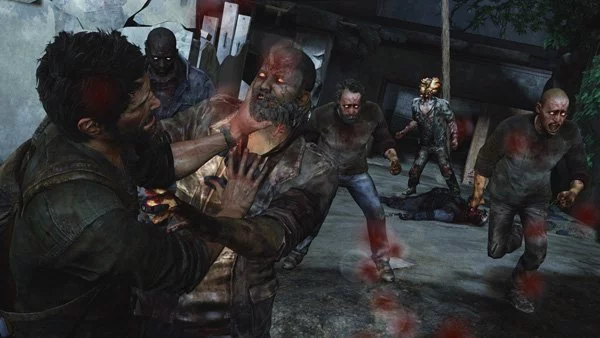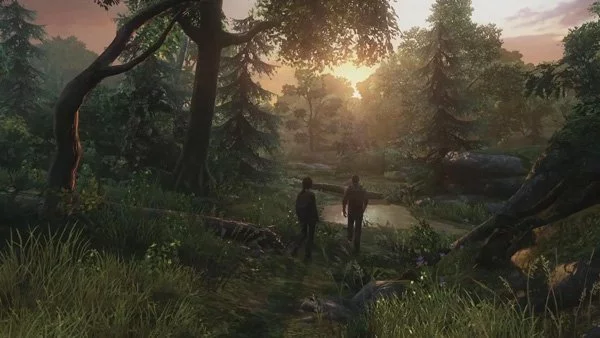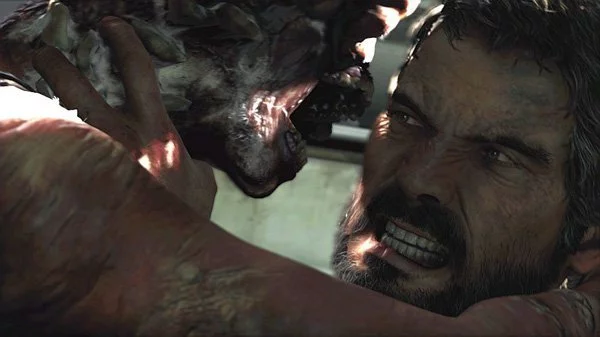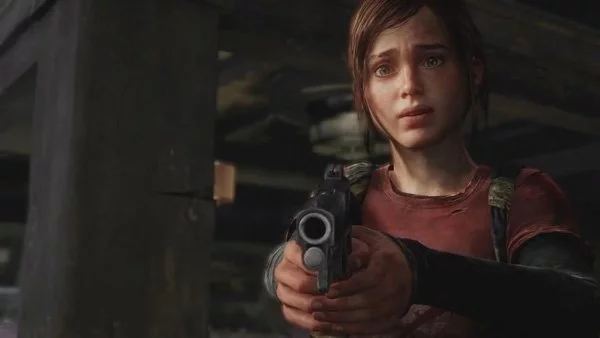The Last of Us tells the story of Joel and Ellie, a survivor and a child in a world ravaged by an outbreak that has destroyed civilisation as we know it. Taking the role of Joel, you’ll journey halfway across the United States in search of answers and a better life, all while doing your best to protect Ellie in the face of an unrelenting world.
In the game’s setting, the cordyceps fungus – a parasite that targets and takes over insects to spread its spores – has mutated and adapted to humans, resulting in a variety of horrifying mutations which leave the host as nothing more than a mindless killer. It’s an interesting twist on the standard ‘zombie apocalypse’ trope, made all the more terrifying if you’ve ever taken the time to read about cordyceps as it behaves in reality.
The post-apocalyptic genre is one that’s been mined deeply in modern video games. More often than not they follow the same predictable assumption – the end of the world equals brown, brown, brown. It’s not a trend that I believe anyone truly enjoys, so it’s nice to see that The Last of Us is one of the titles bucking that trend. In Joel and Ellie’s world the collapse of civilisation has allowed nature to retake the world from humanity, resulting in a setting that is lush with plant and animal life almost everywhere you look.
Often you’ll find yourself venturing through natural environments, but even in the game’s more urban settings you can see nature forcing its way in, with buildings collapsing or degrading over the twenty years since the outbreak began. Trees, vines and grass push their way into every crack, so that even generic corridors have hints of green to them.
The game’s designers have stated that in designing each area, they tried to think through the progression of events that lead to it ending up the way it has. For instance, one room may have a pipe that has broken, allowing water to pool on the floor. This causes the floor to break down, allowing plants to force their way in and destabilise the structure further, eventually destroying the floor altogether. It’s these little visual stories told throughout the game that really make it look amazing – you never look at the world around you and feel like there’s just a single tree that’s been stamped into the environment over and over.
All of this is to be expected of Naughty Dog, the studio behind the visually stunning Uncharted games, but The Last of Us steps it up a notch. The level of detail displayed, and the variety of different environments you’re presented with, make this a game you’ll want to stop in and admire the view. I’m not usually one to do so in games, but here I couldn’t help myself.
They’ve also made sure to make the game’s UI as unobtrusive as possible. Elements that aren’t actively being used fade away, leaving only the bare minimum on screen. In-game prompts are tiny to the point of invisibility with waypoint flags used very sparingly, and only if you’ve gone a while without noticing your next objective. This all allows you to focus more clearly on the game’s world, without a mini-map or other distracting elements interfering with your experience.
Gameplay-wise, you’ll see a lot of elements that are familiar in Uncharted or any other modern shooter. Combat is heavily cover-based, with running and gunning almost never a good choice. In a more realistic move for The Last of Us, there’s no ‘sticky’ cover – you can duck down behind walls and other objects to protect yourself, but you’re not affixed to them in any way. This helps remove any awkward ‘press X to jump to next cover’ prompts, and lets you feel more truly in control of your movement. Enemy AI is well put together, with enemies attempting to flank you or push you out of cover with Molotov cocktails and the like.
They’ll also become more bold if you’re spotted reloading, and in one of my favourite game mechanics, they’ll go all-out if they hear the empty ‘click’ of a gun with no bullets left. Joel’s ‘focus’ ability is a key asset for combat – holding down R2 forces you into a slow-moving crawl, but allows Joel to hear enemies’ speech and movement sound to determine where they are, even when they’re not visible. As the game goes on and these combat sections become more complex and filled with enemies, you’ll rely on this ability more and more. You’re also assisted in combat by Ellie, and this is one of the areas where the game’s AI truly shines.
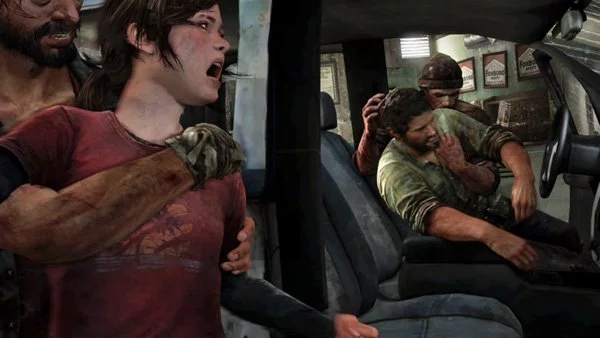
Later in the game, as Ellie becomes more of a fighter, she’ll also intelligently take on enemies with you, shooting enemies you have focused on if you’re reloading or moving to others if you’re being confronted in large numbers. Combat can be brutal, a clear reason for this game’s R18+ rating, and appropriately for a fourteen-year-old girl – even one growing up in the apocalypse – Ellie will be taken aback if you’re really ruthless. Ellie is no exception to this impactful violence, something that’s not really been broached with young characters in games to this degree before. Hearing her shocked exclamations when you take down a group of soldiers with a Molotov really helped to sell her as a well-rounded character, and underscored the weight of the high level of violence the game presents you with.
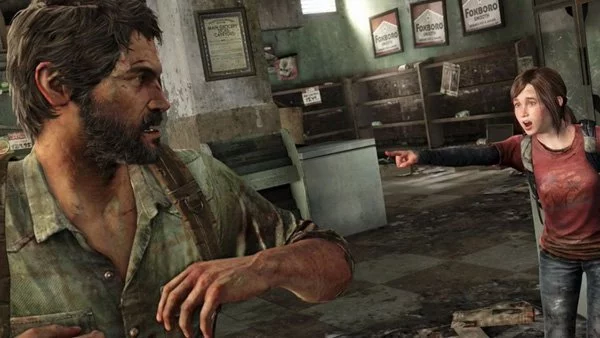
Stage 2 of the infection give you the Clickers, truly horrifying creatures whose fungal infection has taken over their heads and blocked out their vision entirely. Clickers move through echolocation, meaning you need to be very quiet and very careful in order to avoid them, or be ready to take them down, FAST. A bite from a Clicker means instant death, and they can only be taken down with a bladed weapon. Running out of these is not a good idea, so it’s often better to move past them with stealth.
On that note, almost every encounter with your various aggressors can be avoided entirely. Plan your movements, use misdirection and intelligent movement, and you’ll get by without needing to so much as unholster your gun. The game is very reluctant to give out ammunition and supplies, so this is usually your best path as most guns can only hold a handful of ammunition at most. Finding supplies in the environment allows you to craft alternative supplies such as nail bombs and health kits to help you push through, but even this is a game of weights and balances.
Almost every crafting recipe overlaps in some way with another, meaning you need to think before you craft. The prime example is that Molotov cocktails and health kits us exactly the same components, forcing you to decide whether it’s more important to take down enemies quickly or be able to keep yourself healthy. Crafting is also carried out in real-time, a la Resident Evil, so planning ahead is always your best bet – you don’t want to be waddling from cover to cover trying to put together a medkit when you have soldiers bearing down on you.
The stress of these combat situations is balanced out by the game’s cooldown and puzzle areas in between. There’s a huge amount of ambient storytelling going on in this game, from the clues in the environment of how the infection has affected the world, to notes and letters you can collect and read. Some of the game’s most beautiful storytelling is achieved this way, with one underground segment mid-game featuring a series of notes that tell the story of another group of survivors doing their best to make a life for themselves. Outside of this you also have conversations between Joel and Ellie that tell the story of their emerging friendship, and flesh them out as characters along the way. All of this is carried out in a very passive way, never forcing you to stop and wait for the moment to happen. This all helps build up your attachment to these characters, building up your drive to keep them alive at all costs.
This attachment to the characters is only cemented by the brilliant motion-capture, face-capture and voice acting delivered by the game’s cast. In the face of an approaching new generation of consoles, it’s amazing to see that the current generation can still pull of such detailed performances. There’s a depth to these performances that really works, with even the most minute movements and expressions conveying information about their thoughts and feelings. In one sequence that stood out to me, Ellie is asked by another survivor about her religious beliefs.
A look flashes across her face –only for a split-second – but in that moment you can tell she’s worried about disappointing this other person with the fact she doesn’t believe in an afterlife or a happy ending, even before she’s said the words. Moments like these really reinforce the value of having all this real-world capture work done to bring our games to life, as the stories games tell are able to become more nuanced than ever before. Ellie is played so wonderfully that you cannot help but care about her, and events in the endgame which affect her are all but guaranteed to have you empathising for her.
The game is not without its faults, however. In some of the more complex, nature-based areas of the game I did notice a bit of pop-in of environmental elements, and not even at that great of a draw distance. The enemy AI also seems to have some selective vision and hearing issues when it comes to Ellie; multiple times I found that if the enemies hadn’t spotted me and initiated their active combat responses, Ellie would be able to run right through their line of sight without being noticed, even pushing past a guard at one point with no response. A friend even reported Ellie decided to hide on top of a wrecked car, which the guards decided was nothing suss.
Overall, this is a top-notch game. It’s visually stunning, with a well-developed story to boot. The acting is the best I’ve seen so far in a video game, with some heartbreaking moments that left me needing to decompress before moving on. Whilst there is some gore within the game, the mature tone of its story is what the R18+ rating is really meant to exist for. There’s a reason this game is a contender for Game of the Year, so I’m calling it. Ten out of ten.
 |
|
The good
|
The bad
|
The Last of Us was reviewed using a promotional code on PS3, as provided by the publisher. Click here to learn more about Stevivor’s scoring scale.
This article may contain affiliate links, meaning we could earn a small commission if you click-through and make a purchase. Stevivor is an independent outlet and our journalism is in no way influenced by any advertiser or commercial initiative.




